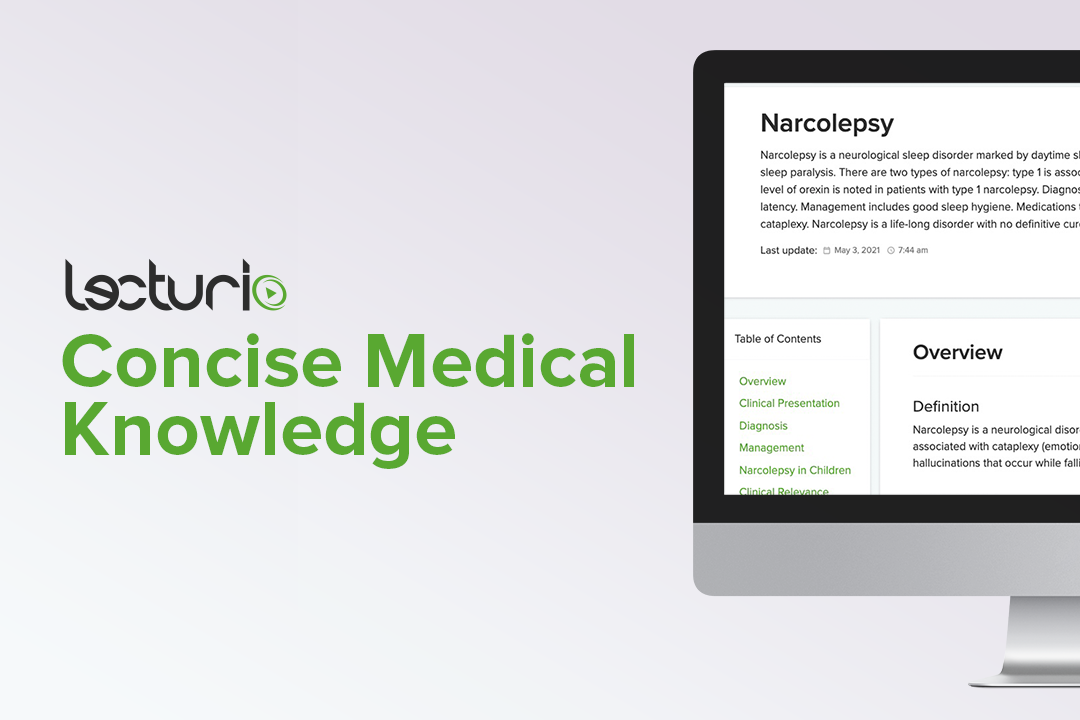Playlist
Show Playlist
Hide Playlist
Narcolepsy: Epidemiology and Clinical Features
-
Slides Sleep Disorders Narcolepsy.pdf
-
Download Lecture Overview
00:01 In terms of epidemiology, narcolepsy type 1 and 2 are uncommon with the prevalence of 25-50/100,000. There is an equal predominance in men and women for narcolepsy type 1 and we typically see this occurring and beginning in the early teenage years in the 20s. In terms of clinical features, the common feature in these patients is daytime sleepiness. This is the most common symptom of all types of narcolepsy. Patients may have sleeping at inappropriate times as opposed to excessive sleeping, they just sleep at times that is inappropriate. They may have sleep attacks where they fall asleep with no warning sign, lasting less than 30 minutes and usually they wake up well rested in the morning, but again have these sleep attacks occurring during the day. Cataplexy can be seen in 60-70% of patients. Again, these are these emotionally triggered episodes where patients transiently lose muscle tone and become weak. It may be triggered by intense laughing or anger or a startle or loud noise. Patients lose tone often beginning in the face and this may progress to a full drop attack where the patient is on the ground, atonic, extremely weak for a short period of minutes. The patient is conscious, this usually last around 2 minutes, and 60% of patients will present within 5 years of onset of the disease with symptoms of cataplexy. 01:36 How about hypnagogic hallucinations? These are auditory or sometimes tactile hallucinations that occur as patients are going to sleep. Patients may describe frightening; visual, tactile and sometimes auditory hallucinations that occur again while falling asleep, not while waking up. Sleep paralysis is quite uncommon, less than 5% of patients, but extremely burdensome and worrisome for patients. 02:05 Patients will describe upon awakening that they are awake and fully conscious but unable to move their body, typically lasting less than 2 minutes and this results from disconnection between the brain circuits that allow the brain to awake and turn the brain on and then those that return muscle tone from REM sleep. And that disconnection between those 2 systems results in wakefulness of consciousness but inability to return tone for those first couple of minutes upon awakening.
About the Lecture
The lecture Narcolepsy: Epidemiology and Clinical Features by Roy Strowd, MD is from the course Sleep Disorders.
Included Quiz Questions
What is the most common symptom of narcolepsy?
- Excessive daytime sleepiness
- Hypnagogic hallucinations
- Sleep paralysis
- Restless leg syndrome
- Depression
Customer reviews
5,0 of 5 stars
| 5 Stars |
|
5 |
| 4 Stars |
|
0 |
| 3 Stars |
|
0 |
| 2 Stars |
|
0 |
| 1 Star |
|
0 |




